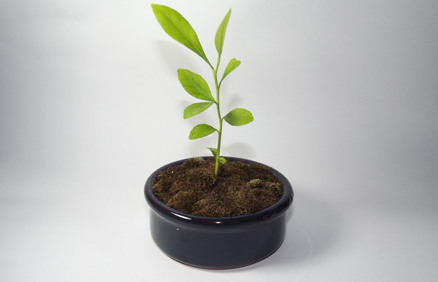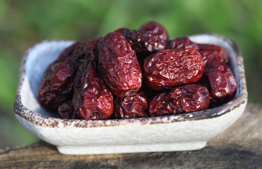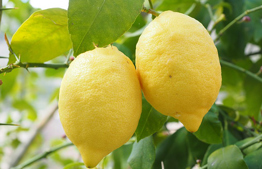Tu BiShevat: The New Year for Trees

Tu Bishvat is an important date in terms of halachot of ma'aserot, orla and neta ravay of trees
Tu BiShevat and Ma'aserot
Tu BiShevat is the date when the ma'aser year changes for fruit from 5778 (ma'aser ani) to 5779 (ma'aser sheni); every fruit that blooms from Tu BiShevat and on is subject to ma'aser sheni.
Citrus fruit, almonds, peaches, and several other fruit bloom around Tu BiShevat. Often fruit that bloomed before and after Tu BiShevat (i.e. with two different ma'aser obligations) hangs on one tree. How can we distinguish between them?
Optimally fruit that already bloomed on Tu BiSheva should be marked on the trees so it will be clear that when ripe they will need ma'aser ani taken while the rest will be obligated in ma'aser sheni. Practically speaking, this is difficult and we need a more feasible solution.
The Mishna (Machshirin 2:11) informs us that in this situation we follow the majority, but when "it is half and half, we are stringent." There is a dispute regarding what "stringent," means: whether we take ma'aser sheni, a more severe obligation (Rambam), or both ma'aser sheni and ani (Ra'avad).
In practice, we can follow the majority: mix together the fruit harvested and separate terumot and ma'aserot, using the conditional formula: "these are ma'aser sheni, and if it is necessary to separate ma'aser ani—these are ma'aser ani." Then redeem the fruit on a coin without a blessing.
This conditional text solves our problem of whether to take ma'aser sheni or ma'aser ani; however, there is still the issue of taking ma'aser from one year to exempt another; even bedi'avad, this separation does not count (Rambam Terumot 5:11). That is, I cannot separate ma'aser from year 3 fruit to exempt year 4 fruit, and vice-versa. For the above case of fruit blooming before and after Tu BiShevat, it is possible to be lenient (see Hilchot HaAretz, pp. 49-50; HaTorah VeHa'aretz II 319-340; and here).
Until now we discussed Tu BiShevat in terms of ma'aser sheni and ma'aser ani. Now we will focus on this date's halachic ramifications for orlah and neta revay.
Tu Bishvat and Orla
Tu BiShevat of the fourth year from when a tree is planted is the date its fruits leave the category of the orlah prohibition. Any fruit that blooms after Tu BiShevat of this fourth year will assume the sanctity of neta revay, fourth-year saplings.
Fruits such as lemons and other citruses, almonds, loquats, and peaches, among others, bloom around Tu BiShevat time. Sometimes fruit that bloomed before Tu BiShevat—and thus are orlah and prohibited for consumption or benefit—are hanging on the same tree as fruit that bloomed after this date, which will be neta revay (their sanctity can be transferred to a coin, and then it is permissible to eat them). How do we distinguish between these two groups?
Here we cannot use the solution that we brought last week for mixtures between ma'aser sheni and ma'aser ani years. Rather, we should go to our trees on 15 Shevat before sunset (or better, on the next day, 16 Shevat), take off all the fruit that already bloomed, and leave only the flowers. In this way, we will ensure that whatever fruit grows from this point on is not orlah, but rather neta revay.
Our recommendation at Torah VeHa'aretz Institute is to clip all flowers on orlah trees so that people will not accidentally eat or benefit from the forbidden fruit that would otherwise develop. This is also beneficial from an agronomic perspective, since this allows the tree to conserve its energy to produce fruit in higher quality and quantity during the years the fruit will be permitted.




